MA Fine Art Digital – Study Statement
Working Title:Conflicts and Contrasts: Exploring raw materials in relation to divisions and inequality.
Rationale:I have encountered many varied environments and communities throughout my life so far. Growing up on a council estate, my initial environment, and perception of the world, was one of deprivation in many cases. We were aware of our social status, and we accepted it. As the years progressed, I began to challenge the notion of social class, encountering more and more examples of discrimination and barriers preventing myself and others from any form of progression. Aspirations were diminished, as was money, health and education. As a neurodivergent, working-class, female, the very idea of meritocracy or social mobility was something we scoffed at.
Britain is a meritocracy, and everyone with skill and imagination may aspire to reach the highest level. (According to the Oxford Dictionary)
That’s all very well; we can aspire, we can dream, but this notion was nothing more than a utopian ideal, as we grew up.
Of course, there have been many efforts to challenge the ongoing divide between those who aspire, and the branded gentry. The government themselves have even created policies based on the findings of unconscious bias, and now actively seek to raise aspirations in the education system, but as Young puts it, perhaps “the meritocracy is a smokescreen for inherited privilege”.
The Place | Instagram: @timmossholder
[ {
“type”: “highlight”,
“id”: “fdab7f22-8ddd-4f52-937b-436c30af4e85”,
“shape”: “circle”,
“isFront”: false,
“isAnimationEnabled”: true,
“animation”: “draw”,
“duration”: 0.5,
“direction”: “right”,
“color”: {
“type”: “THEME_COLOR”
},
“thickness”: {
“unit”: “em”,
“value”: 0.05
},
“linecap”: “square”
} ]
The irony perhaps, is the fact that I put off following my passion for the Arts for almost 40 years, due to the very simple idea that, there was no money in art; that people like me should focus on getting a trade or a job. That was after many failed attempts, endless disappointments and zero progress, in spite of sky high ability and aspirations.
We live in a society, where the exploitation of hope, is seemingly encouraged and accepted, and that is a tragedy in which our society, in particular, suffers.
Aims and Objectives:At this stage, my focus is on art as a medium to raise awareness of the unnecessary challenges faced by many individuals within society, and their inability to meet aspirational outcomes, due to their position. I ask whether there is indeed, an exploitation of hope, how this manifests within society, and whether there is a way forward to enable individuals, rather than continue within the domain of a mere rhetoric. My aim is to create an impactful piece of research, which reflects the enormity, in my view, of the challenges currently faced, without which, it will surely continue.
Aim #1 - Explore the exploitation of hope. [ {
“type”: “highlight”,
“id”: “6ef450e1-b0b6-4fdf-818a-4e8779401fd5”,
“shape”: “circle”,
“isFront”: false,
“isAnimationEnabled”: true,
“animation”: “draw”,
“duration”: 0.5,
“direction”: “right”,
“color”: {
“type”: “THEME_COLOR”
},
“thickness”: {
“unit”: “em”,
“value”: 0.05
},
“linecap”: “square”
} ]
Objective #1 – Look for areas of existing research, including work on meritocracy, social mobility in areas of social science and activism (artivism/craftivism)
Objective #2 – Find statistics for industry levels, social class etc within higher education.
Objective #3 – Establish perceptions of success through observation. What type of people are presenting the news? Writing the articles I read? Serving me at the supermarket? Make notes and sketches.
Objective #4 – Speak to people from different areas, in different environments. Use the craftivist group as a tool to gain information from the community.
Objective #5 – Write a journal or log that outlines my own perspective. What discrimination have I faced? How could these be overcome? Are my experiences a surprise? If not, why not?
Objective #6 – Create visual prompts that represent hope in relation to aspirations and social mobility – what is the response, if any?
Aim #2 - Discover how this may manifest itself. [ {
“type”: “highlight”,
“id”: “fd168254-208d-418c-83fc-c6c77b29bcbb”,
“shape”: “circle”,
“isFront”: false,
“isAnimationEnabled”: true,
“animation”: “draw”,
“duration”: 0.5,
“direction”: “right”,
“color”: {
“type”: “THEME_COLOR”
},
“thickness”: {
“unit”: “em”,
“value”: 0.05
},
“linecap”: “square”
} ]
Objective #1 – Research how exploitations of hope may impact on society, through existing research and case studies.
Objective #2 – Find out if there is a correlation between individual values and beliefs, and aspirations, through responses from people and existing research.
Objective #3 – Explore how people within different ‘categories’ of society, perceive the system of government and education.
Objective #4 – Use boxes of varying shape, texture and colour, to represent these categories, through a micro visual experiment.
Objective #5 – Create visual representations of aspirations. These could be sketches, colours, smells, sounds…
Objective #6 – Find out what has or is being done to alleviate a sense of hopelessness. How does craftivism work as a tool to engage and enable? Provide examples.
Aim #3 - Create an installation designed to enable. Objective #1 – Experiment with ways the findings may look, sound, smell, taste or feel like. Review this and consider how and why.
Objective #2 – Establish what the message is, what should this research hope to achieve that hasn’t succeeded previously.
Objective #3 – Consider how this installation needs to be received/viewed to achieve the best impact. Time/place?
Objective #4 – Explore options through micro installations or exhibitions. How may this relate to existing campaigns? Is there scope for collaboration?
Objective #5 – Review findings and reflections, and create a final piece which also incorporates the research journey, simultaneously reflecting the journey of individuals to reach a meritocracy in a true democratic society.
Context (Including Historical, Contemporary and Theoretical Contexts):The quest for equality has been a long running theme throughout society for hundreds of years. From the abolition of slavery, to the emancipation of women, history has already witnessed enormous changes in the way that society views the status of others. This, in turn affects how future generations develop their perceptions of the world, based predominantly on the environment they are exposed to, arguably through a combination of nature and nurture. One only has to look at historic psychology experiments, to see the sobering, albeit shocking, results of environmental influences on overall development.
From this perspective, my research will draw from many theoretical contexts, both historically and contemporary, including areas around Functionalism and the work of Durkheim. The main focus however, will be on the Principles of Hope (Ernst Bloch), with additional research drawing from Gaston Bachelard’s work on Water and Dreams and The Poetics of Reverie.
Many sub groups have formed, which serve to raise awareness of inequality, and seek to realign this preferred constant. Groups within the arts, such as Create London and the Craftivist Collective, use a variety of methods, from generating statistics to gentle forms of protest to achieve their aims. My research practice seeks to use theoretical research to underpin existing sub groups, by looking at art as a mechanism for social change.
NB. I will periodically review and update the contextual element of my research as it unfolds.
Methodology:I will be using a variety of methods to achieve my aims, which include the use of books, articles and journals in order to ascertain underpinning theoretical concepts. This will be recorded through note taking and visual representation, in the form of sketches, paintings and structures created through raw materials.
I will also be networking and utilising groups within the community, which may help to provide a raw account of personal experiences, which I hope will prove valuable to my research. This approach to gathering theoretical aspects to the research, is vital in underpinning the overall practice, providing inspiration, direction and the rationale for presenting my work to a wider audience.
My experimental practices will be using a variety of mediums, particularly experimentation of concrete structures, mixed raw materials, along with film and audio. The overall piece may be enhanced through the audio recordings of experiences, which I will seek ethical guidance for, prior to production.
My research journey will be recorded and measured through blog posts, sketchbook work, regular reflection and review. I also hope to use relevant platforms to exhibit this progress within the context of the field.
Outcomes:At this stage, I envisage the final presentation to incorporate an accumulation of the research undertaken to that point, with a large installation representing the findings of the research, in a contrasting material of perhaps concrete and wool, or perhaps water. I would also like to use audio recordings of personal experiences to provide a voice to the communities affected by underrepresentation and inequality.
I also hope that this research will help to provide further knowledge in the area of socially engaged art, whilst developing my own practice and leading to further exploration and research.
Work Plan: Working timeline using Padlet
Bibliography:Adams, R.B. and Funk, P. (2012) “Beyond the Glass Ceiling: Does Gender Matter?,” Management Science, 58(2), pp. 219–235. Available at: https://doi.org/10.1287/mnsc.1110.1452.
Allen, A. (2018) Toby Young: what is ‘progressive eugenics’ and what does it have to do with meritocracy? Available at: https://theconversation.com/toby-young-what-is-progressive-eugenics-and-what-does-it-have-to-do-with-meritocracy-89671.
Allen, J. et al. (2008) Right About Now: Art and Theory Since the 1990s. Valiz.
Arts Council England (no date) Breaking barriers: on class and social mobility in arts and culture. Available at: https://www.artscouncil.org.uk/blog/breaking-barriers-class-and-social-mobility-arts-and-culture.
Bachelard, G. (1971) The Poetics of Reverie: Childhood, Language, and the Cosmos. First Paperback. Beacon Press.
Bloch, E. (1986) The Principle of Hope. Amsterdam, Netherlands: Amsterdam University Press.
Channel 4 News (2011) Social mobility: climbing the ladder. Available at: https://www.youtube.com/watch?v=ohIk3IELXF8.
Create London (no date). Available at: https://createlondon.org/.
Daichendt, J. (2012) Artist Scholar: Reflections on Writing and Research. Intellect Limited.
Elger, D. and Grosenick (2004) Dadaism. Taschen.
Gamboni, D. (2007) The Destruction of Art: Iconoclasm and Vandalism Since the French Revolution. Amsterdam, Netherlands: Adfo Books.
Hall, S., Jefferson, T., and Tony Jefferson (1993) Resistance Through Rituals: Youth Subcultures in Post-war Britain. Abingdon, United Kingdom: Routledge.
Home (2022). Available at: https://craftivist-collective.com/.
Maria Bartuszová [Plaster] (1985).
Smith, D. (2017) The meritocracy is a smokescreen for inherited privilege. Available at: https://theconversation.com/the-meritocracy-is-a-smokescreen-for-inherited-privilege-70948.
Smith, K.S. (2014) Émile Durkheim and the Collective Consciousness of Society: A Study in Criminology. Amsterdam, Netherlands: Amsterdam University Press.
TEDx Talks (2016) Activism Needs Introverts | Sarah Corbett | TEDxYouth@Bath. Available at: https://www.youtube.com/watch?v=iM5Dl3rLyo8.
Unbound (2016) How To Be A Craftivist: The Art of Gentle Protest by Sarah Corbett. Available at: https://www.youtube.com/watch?v=PtHaM7j3Hvg.
Wolff, J. (1993) The Social Production of Art: Second Edition. Amsterdam, Netherlands: Amsterdam University Press.
‘You never will be a rock star’: Britain, social mobility and the exploitation of hope (no date). Available at: https://www.opendemocracy.net/en/opendemocracyuk/you-never-will-be-rock-star-britain-social-mobility-and-exploitation-of-ho/.
Young, M. (1962) The Rise of the Meritocracy 1870-2033. Penguin Books.

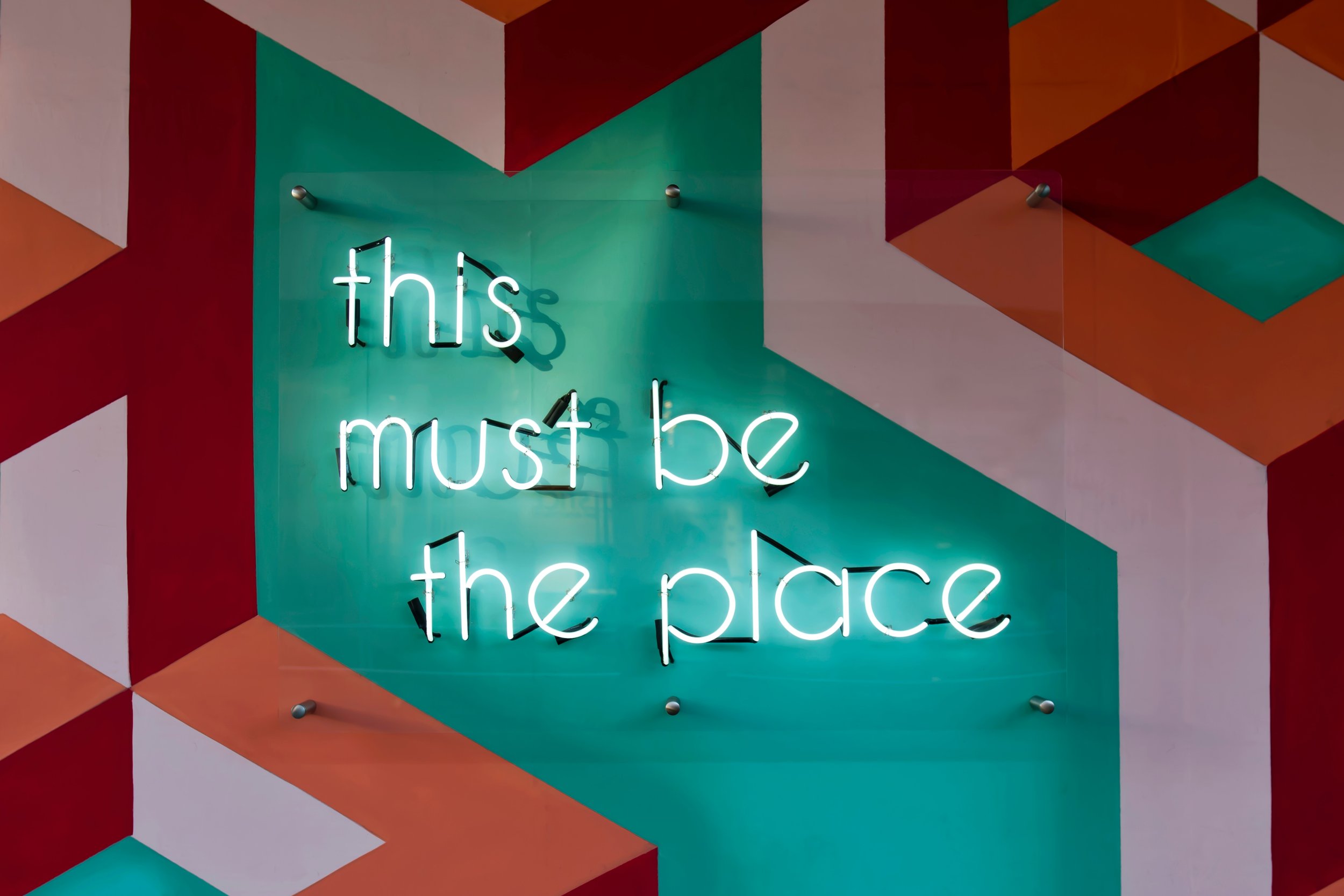




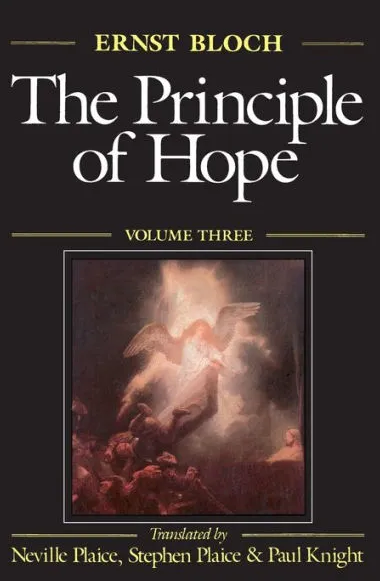

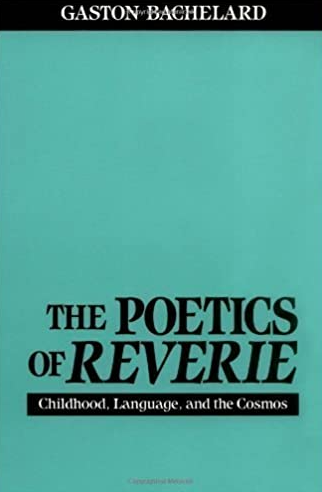
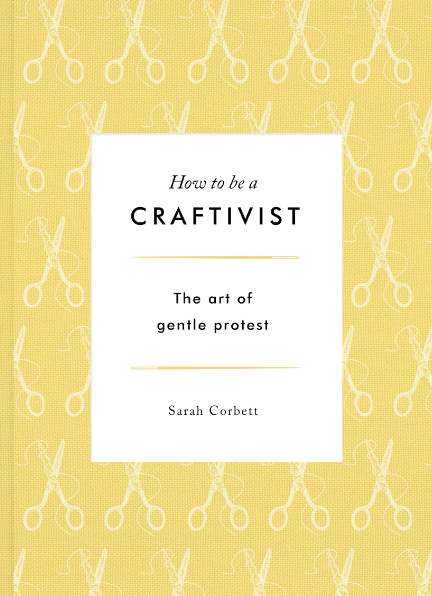


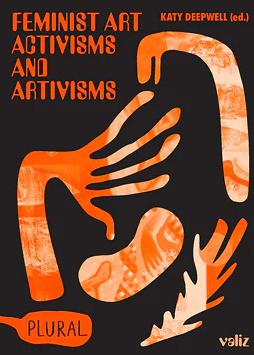

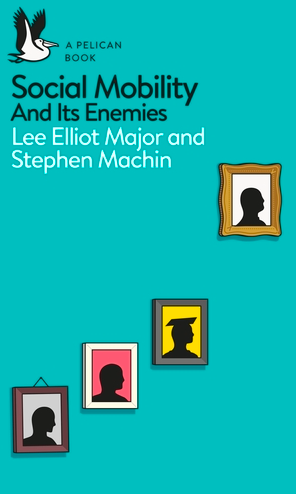
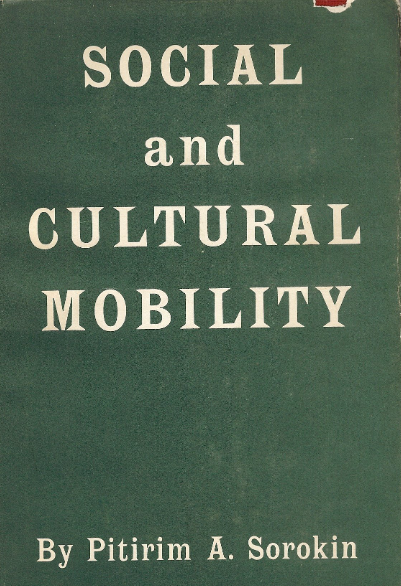
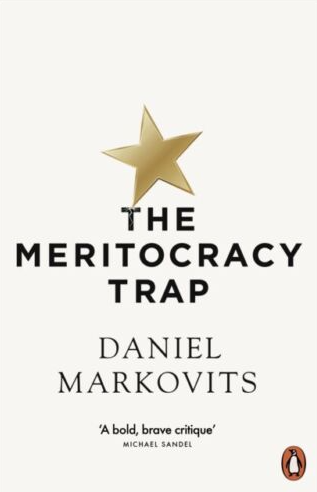
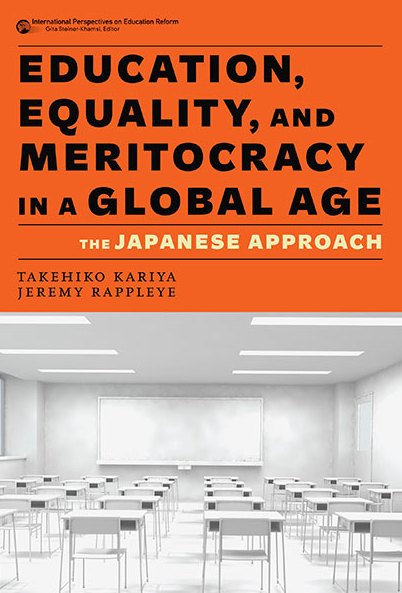
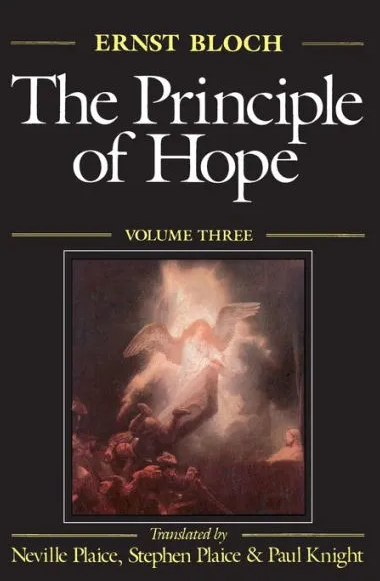


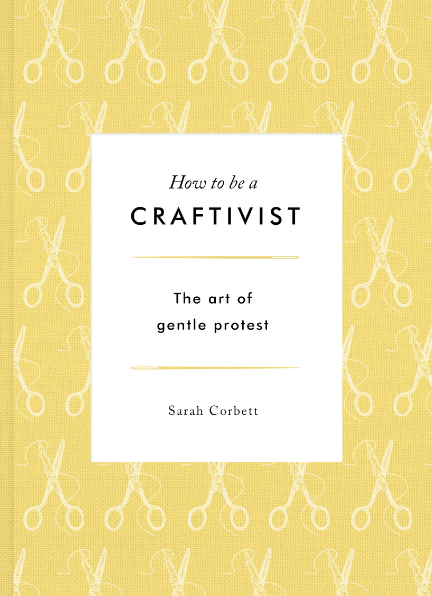
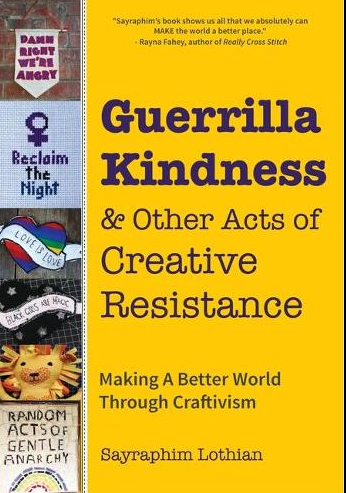
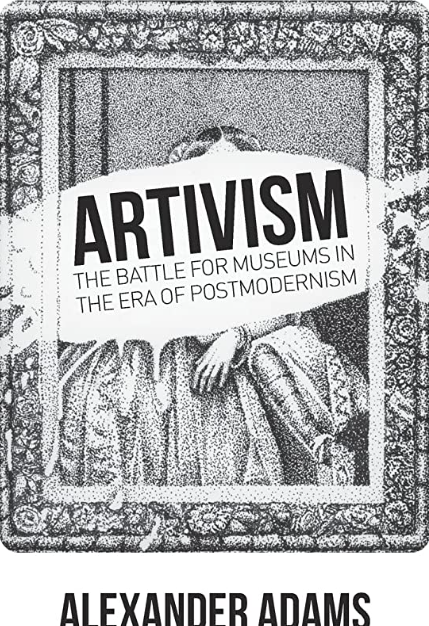
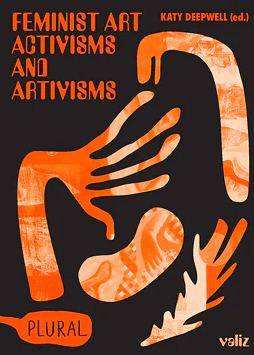
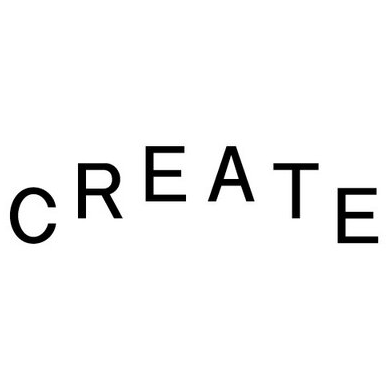
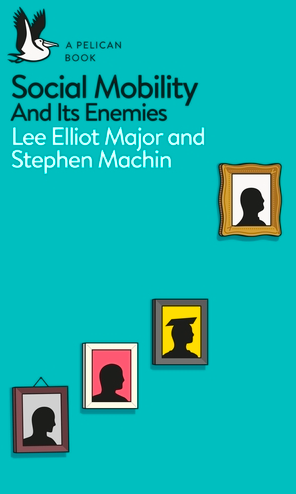
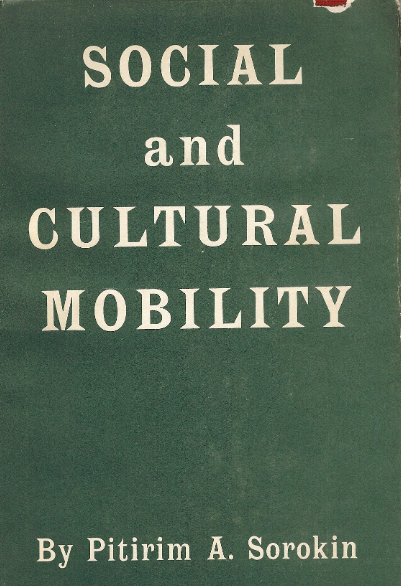
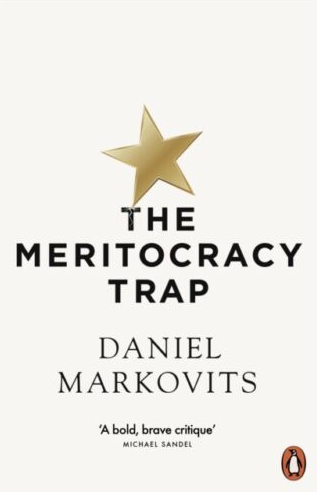
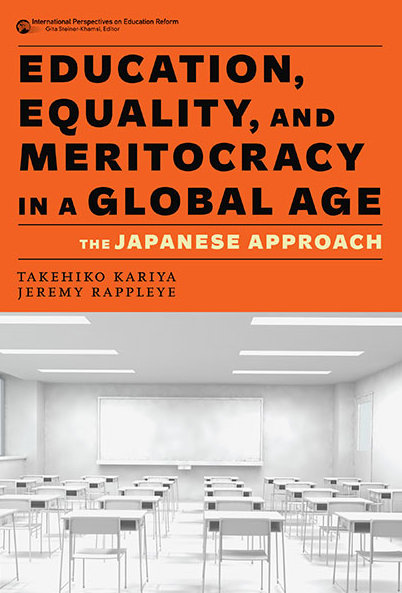



Leave a comment